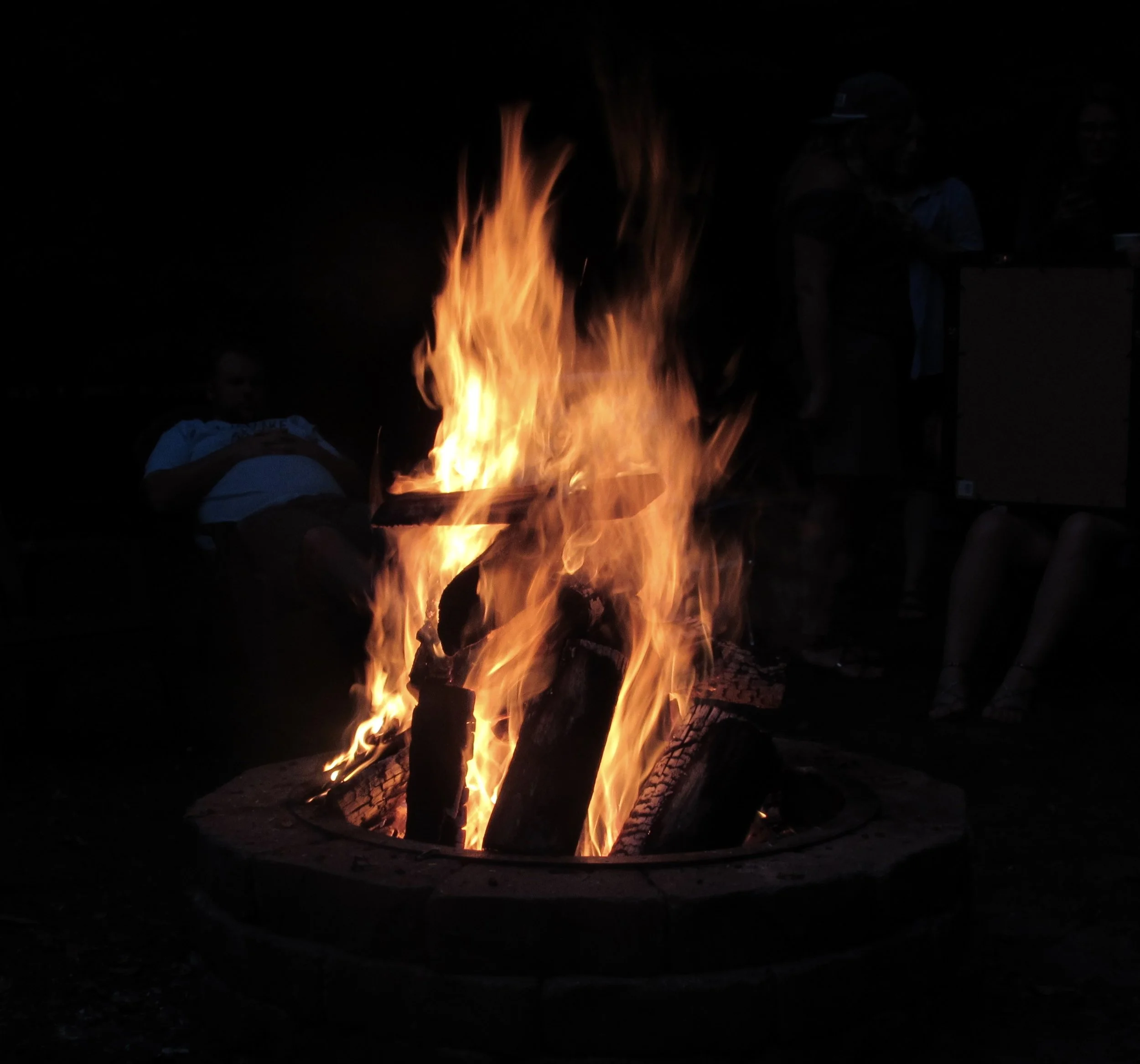A Variety of Disaster Response Communication Options
Introduction
The IAEM is the International Association of Emergency Managers, "a non-profit educational organization dedicated to promoting the goals of saving lives and protecting property during emergencies and disasters." On September 26 I posted the following message to the online IAEM Discussion list:
I am independently researching "best practices" for integrating social media and social networking technologies into disaster response communications. I'm interested in communicating with others who may have similar interests.
We've seen how cell phone video, Facebook, blogs, and text messaging are used spontaneously by impacted populations to communicate during and after an incident. As a management consultant active in social media and social networking adoption, and as a father who has seen how his family has used such tools during situations such as 9/11 and the Virginia Tech shootings, I think it makes good sense for planners to anticipate the role such communications channels might play in emergency situations.
If you are interested in exchanging information with me, please contact me at ddmcd@yahoo.com. I've written several blog posts on this topic, most recently "School Communications & Emergency Response: What are the Implications for Social Media?" which is located here: http://www.ddmcd.com/school.html
I've received a number of interesting responses from this inquiry that I wanted to report some of them here.
Sahana
Gavin Treadgold from the Kestrel Group wrote to tell me about Sahana and the Humanitarian-ICT email list on Yahoo! Groups. This is what the Sahana web site says about the software which is available for multiple operating systems:
Sahana is a Free and Open Source Disaster Management system. It is a web based collaboration tool that addresses the common coordination problems during a disaster from finding missing people, managing aid, managing volunteers, tracking camps effectively between Government groups, the civil society (NGOs) and the victims themselves.
Communication Corps
Justin Kates wrote from the Delaware Emergency Management Agency to tell me about Communication Corps, “...a program that coordinates all of the volunteer communication organizations (ham radio and such) as well as coordinates interoperability for communications systems. Mainly bridging various radio systems and data systems together.” Organizations participating in Communication Corps are the Amateur Radio Emergency Service (ARES), Military Affiliate Radio System (MARS), Radio Amateur Civil Emergency Service (RACES), Salvation Army Team Emergency Radio Network (SATERN), and Civil Air Patrol Communications (CAP).
PIER Systems
Gerald Baron, CEO of PIER Systems, wrote that PIER provides “… a web-based communication management system used by government agencies, large corporations and education institutions. One of its functions is telephone-based notifications but we very strongly advocate a full spectrum approach, particularly for emergency notification.” He referenced a white paper that can be downloaded here. Gerald’s blog is called CrisisBlogger. PIER focuses not only on message broadcasting but also integrates message distribution, content management, and interaction: “Push, pull and interactive communication are all managed in a highly efficient and tightly integrated manner. Communicators and an extended team can work together from anywhere at anytime to fully complete and manage a wide range of critical communication tasks.”
Disaster Management Interoperability Services (DMIS)
Justin Kates (thanks, Justin!) passed this information along. Here's a description of the DMIS Interoperability Backbone:
The DMIS Interoperability Backbone is a web service that provides responders with communication tools that allow them to share information with other responder organizations. Responder groups receive and transmit information over the web, enabling them to rapidly develop and exchange incident information with other responder organizations. This capability of sharing incident information gives all responders greater knowledge of a particular disaster event by leveraging technology to gain efficiency.
DMIS focuses on local responders and enables them to collect and pass incident information of various kinds to local coordinating groups that integrate, visualize, exchange messages about, and act on a variety of data that are geographically oriented. A primer presentation is here. (Ironically, this informative course outline is optimized for Internet Explorer and does not display correctly when viewed using Firefox - talk about interoperability!)
In working my way through some of the training materials, I see that a "chat" function enables text messaging to be used among participants, and I also see that the system supports near realtime collaboration by facilitating the display of information throughout the network that is entered by a single participant. I have not yet seen, however, any mention of any interoperability or sharing of information with citizen-employed systems such as those that support social media or social networking.
Copyright (c) 2008 by Dennis D. McDonald



